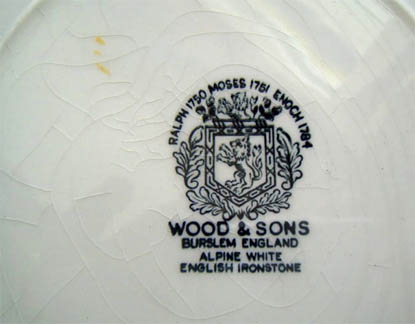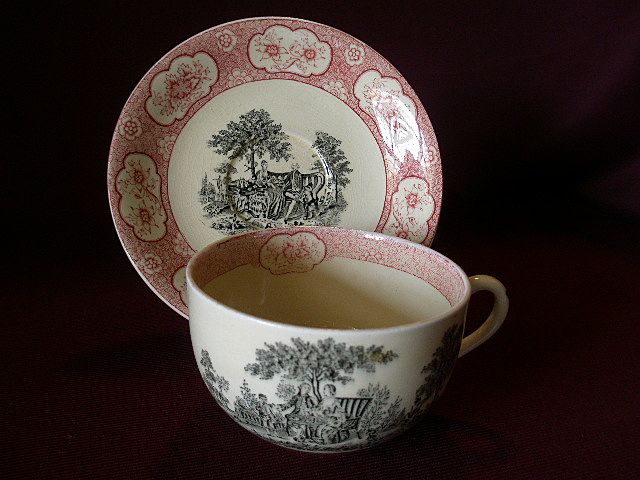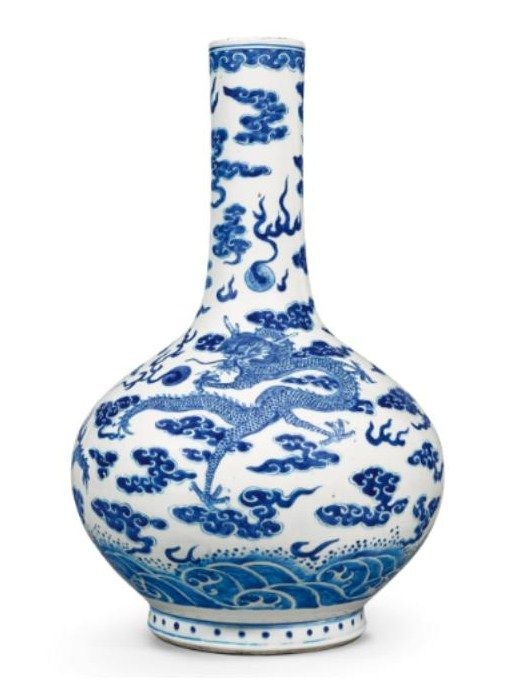For considerably over two centuries the Wood family of Burslem has been in the forefront of those who are memorable in ceramic history. Early in the eighteenth century, as every collector’s manual informs us, there were three brothers, Ralph, Aaron and Moses Wood.
1715
Ralph, the eldest, born in 1715, achieved renown round about 1750 with his famous and now rare Staffordshire figures, and especially his delightful Toby Jugs, genuine examples of which are now ‘museum pieces’, but which started a vogue which has never died out. Aaron, born in 1717, was the finest mould maker in the Staffordshire Potteries. His claim upon our notice is twofold. He is the father of the even more celebrated Enoch Wood, whose fame rests not only upon his great skill as a modeller, but on his ability as a practical potter-and his keenness and enthusiasm as a collector of pottery.
1790
Enoch was a man of great enterpriser with a flair for invention, whose masterly craftsmanship served to build up the considerable business of Wood and Caldwell, a partnership which endured from 1790 to 1818. In the latter year he bought out his partner and took into the business his three sons, when the firm became known as Enoch Wood EL Sons. Under this regime the firm achieved a great reputation, especially in America, for which market Enoch designed his admirable and extensive range of the most artistic blue and white plates with rich and finely disposed borders encircling views of England, of which there are known 71 centres! Enoch lived into his eighty-third year and died in 1840.
To Moses, the third of the three brothers, can be traced the beginning of an unbroken succession of seven generations of Master Potters, a tradition covering more than two centuries, to which the members of the firm of today can look back with pride and satisfaction.
1865
In 1865 Absolom wood (a descendent of Moses) became the founder and senior partner in Wood Son & Co. It is believed that the reason he commenced business at this particular time was because in 1865 the American Civil War ended, and the intention was to cater for the American market.
The site of the original factory was at Cobridge, situated between Rushton Road and Elm Street. It was called the Villa Pottery. Unfortunately, it is now demolished. It is believed that some 100 to 133 people were employed.
1877
Absolom Wood had 6 sons, (2 of whom died at very early ages), and 2 daughters. Of the 4 remaining sons 3, namely Thomas F. Wood, William and Henry J. Wood became master potters. In 1877 Thomas, or T.F. as he was called in later years, along with his brother William, purchased for £5075 a site in Navigation Road, which they called New Wharf Pottery, and which they had probably been tenants or since 1875. The name New Wharf was probably derived from the New Wharf that was built on the nearby canal at that time.
In 1879 the Trent Pottery, which adjoined New Wharf, was bought at an auction held at the Leopard Hotel, Burslem by T.F. Wood for £6700. It was at this time that the Villa Pottery was transferred to within the additional site.
1889
In 1889 the site as it is today was made up by the acquisition of land purchased by the younger brother Henry J. Wood, who later traded as B.J. Wood. Also in 1889, on the 27th June, Absolom Wood died, and this was the year his eldest son Thomas was the Mayor of Burslem.
1910
The firm of Wood & Sons Ltd. was ultimately established, probably in 1910, Thomas Wood being the principal proprietor of a firm which was now employing roughly 1000 people.
It is at this stage that we concentrate on T.F., because it was his descendants who were directly concerned with the Wood as we know it. T.F. had two sons – Harry and Clive, and it was the former who became Chairman of Wood & Sons Ltd., and who also learned from his father an immense knowledge of pottery skills.
The site occupied at this moment in time, namely the Stanley Pottery, was purchased by Wood’s in 1931, and it was made up of two factories – the Stanley Pottery and the Crown Pottery.
Wood & Sons prospered through to the early 50’s, managing to survive the difficulties during the early 60’s, and continued to grow until 1979 when a major recession started. The firm finally succumbed to the pressure, and an Administrative Receiver was appointed in December 1981.
1982
The company was acquired by the Yorke family in 1982 with Mr. Edmund Yorke heading the operation as Managing Director. After a period of rationalisation of products, premises and personnel, the company secured a firm base under careful control of the management.
1993
In 1993 Edmund Yorke became Chairman of the Company overseeing a new board of directors comprising Nigel Stringer (Managing), Winston Hulme (Sales) and Paul Ravenscroft (Production). The new team had many years experience, both directly with Wood & Sons and in the Pottery Industry in general, and set about increasing the profile of the company.
After a period of sustained growth in the U.K., servicing accounts such as the National Health Service, and in the domestic area selling corporate designs to major U.K. retailers such as British Home Stores and Boots, a planned development of the export market was initiated.
Emphasis was placed heavily on design with the appointment of the company’s first ever in house Design Manager to push products to a wider audience. The product portfolio includes both domestic and hotelware products, lithograph and single colour print designs, a multitude of shapes and body colours, all manufactured to exacting standards.
The company now exports to approximately 50 countries worldwide, working with a network of agents in most countries. Wood & Sons have recently been successful in winning both local and national awards for export achievement and pattern design which, together with an extensive capital redevelopment project, give confidence for the future.
The long history of Wood & Sons has been marked consistently by a policy of progressive development, and the adoption of new ideas, methods and techniques. Yet, throughout the seven generations from old Moses Wood to the present day, the standard of craftsmanship has always been the backbone of the success story.




















